During his lifetime, President Ho Chi Minh never visited the Central Highlands, but the South in general and the Central Highlands in particular were always in his heart. For the ethnic groups in the Central Highlands, Uncle Ho was always the most beloved father, the one who led the Central Highlands community and the whole country to overcome countless difficulties, to have a prosperous and happy life today.
As early as 1946, when the country was still in extremely difficult circumstances, Uncle Ho devoted all his love and trust to the people of the Central Highlands. In a letter to the Southern Ethnic Minorities Congress held in Pleiku on April 19, 1946, he wrote: “Today, the people hold a festival, reunite as one family, it is truly joyful. Unfortunately, the road is far away, I cannot attend. Although I am far away, my heart and the Government are still close to the people. The Kinh or Tho, Muong or Man, Gia-rai or E-de, Xe-dang or Ba-na and other ethnic minorities are all descendants of Vietnam, all blood brothers. We live and die together, share happiness and suffering together, help each other in hunger and hunger…”. During the resistance war against the US, Uncle Ho often cared for, sent letters of praise, and encouraged the spirit of the cadres, soldiers and people of the Central Highlands provinces. In 1968, when the war was raging fiercely, Uncle Ho sent a telegram to visit the people, soldiers and cadres of the Central Highlands. He reminded: “The army and people of the Central Highlands, old and young, men and women, Kinh-Thuong, unite as one, always uphold the heroic tradition, overcome all difficulties and hardships, compete to kill the enemy and make achievements, protect the villages and fields, gain many great achievements, and together with the people of the whole country defeat the American invaders”.
According to Uncle Ho, throughout the Central Highlands mountains and forests, resistance villages have sprung up. With only bamboo spikes, stone traps, bows and arrows, the Central Highlands made the enemy terrified. During the years of hunger, lack of salt, villages and hamlets had to move to avoid sweeps, and guerrillas set up defenses to fight the enemy. The Central Highlands people always carried in their hearts the image of Uncle Ho as a spiritual support. Currently, Gia Lai Provincial Museum is preserving a precious artifact, which is a bronze statue of Uncle Ho, 12.5 cm high, hand-cast by the Jrai people. The statue was passed from the hands of the fallen to the next generation with the advice "This is the statue of Uncle Ho, comrades, please keep it for the revolution, even if you have to sacrifice, you must preserve it". Toeducate the tradition of patriotism, national pride, sense of responsibility, pride in preserving and promoting national cultural traditions, contributing to consolidating, tightening, and strengthening the strength of the great national unity bloc; To honor the cultural identity of Vietnamese ethnic groups, the Party and State have decided to take April 19 every year - the day Uncle Ho sent a letter to the Southern Ethnic Minority Solidarity Congress in Pleiku - as the Vietnamese Ethnic Culture Day.

When peace was restored, in the process of building and defending the Fatherland, the people of the Central Highlands ethnic groups always joined hands, united, and strived to build a new life "more beautiful, more dignified" as Uncle Ho taught, to build a strong and prosperous homeland following the path that the Party and Uncle Ho chose. With the endless desire to welcome Uncle Ho back to the Central Highlands people and based on the consensus of the cadres, people and the entire political system of the province, on June 30, 2008, the Gia Lai Provincial Party Committee sent Document No. 23-TTr/TU to the Politburo and the Central Party Secretariat asking for approval to build the Monument. On August 2, 2008, the Central Party Executive Committee issued Notice No. 171-TB/TW on the conclusion of the Politburo agreeing to build the Monument of Uncle Ho with the Central Highlands ethnic groups. This is a joy and a great honor for Gia Lai province in particular and the Central Highlands ethnic groups in general.
The statue of Uncle Ho with the ethnic groups of the Central Highlands is one of the important items at the current Great Unity Square. The statue is 16.26 m high, made of pure copper, using pressing technology; the statue's skeleton is made of stainless steel; the statue is 10.8 m high, standing on a concrete pedestal covered with Thanh Hoa green stone, 4.5 m high. The relief is made of natural Thanh Hoa green stone, with an average thickness of 30 cm, 58 m long, 10.5 m high on both sides, and 12.5 m high in the middle. The relief model has many stylized lotus petals behind and on both sides of Uncle Ho's statue, the images show the process of living, fighting, building and developing of the ethnic groups of the Central Highlands; the traditional cultural beauty of the ethnic groups such as communal houses, rice wine, gongs, stylized patterns of the ethnic groups of the Central Highlands. Behind the Monument is a hill modeled after Ham Rong Mountain, with a construction area of 7,820 m2, the highest peak is 15 m. On the hill are planted grass, native green trees such as black star, water oil, sanh, sop, pine, k'nia, tea... In front of the Monument is an airy yard and an internal road with an area of 5,950 m2, the yard is paved with basalt on a concrete floor. The yard is decorated with Central Highlands patterns and lotus flowers, combined with a system of green trees and flowers to create a giant artistic woven carpet. In front of the monument yard are arranged steps 1.8 m wide, 115.2 m long, including 4 rows of steps to form a grandstand when ceremonies and festivals are held; on both sides of the steps are arranged two artistic fountains combined with a LED lighting system to create colorful effects, creating a sparkling and lively landscape of the monument area.
The Uncle Ho Statue at the Great Unity Square is a cultural work of historical and humanistic significance typical of the people of the Central Highlands provinces, a place to preserve the deep feelings of the people of the ethnic groups of Gia Lai province for the beloved Father of the nation. The construction of the Uncle Ho Statue with the Central Highlands ethnic groups in Gia Lai also has the meaning of reminding today's and future generations to follow the tradition of solidarity, strive to build a new life, build a strong and prosperous homeland following the path that the Party and Uncle Ho have chosen. In the relief placed at the Great Unity Square today, we seem to see the thousand-year-old strength of the Central Highlands ethnic groups being forged and converging under the light of revolution, under the wise leadership of the Party and great Uncle Ho. It cannot be said otherwise, the hard-working Central Highlands people in the past, after being enlightened and guided, stood up to change their lives, contributing to the common victory of the country.
After 10 years of being put into use, the recognition of Dai Doan Ket Square as a provincial-level scenic relic further affirms the significance and value of this project in the development of the locality. We have gradually turned the Square into a beautiful green carpet in the heart of the city, a favorite destination for hundreds of tourists every day. Although Uncle Ho has passed away, his sacred instructions, his passionate feelings and his shining example of revolutionary morality are still evident in today's life. The statue of Uncle Ho with the ethnic groups of the Central Highlands stands firmly in the middle of Dai Doan Ket Square, on his face there seems to be a satisfied smile, Uncle is happy because the country is unified, the whole nation is united, working together, and working together to build the homeland. Uncle is happy because in the middle of the vast and windy wilderness, he witnessed the "change of skin, change of flesh" of the land that has risen from many difficulties and hardships. At the foot of Uncle Ho's statue, every day we welcome the smiles and songs of young people; the cheerful, chirping footsteps of children following their parents to the Square; the energetic, jogging steps of people coming to exercise… In this place, people still live in love and solidarity – the “legacy” that Uncle Ho left for the Vietnamese people./.
As early as 1946, when the country was still in extremely difficult circumstances, Uncle Ho devoted all his love and trust to the people of the Central Highlands. In a letter to the Southern Ethnic Minorities Congress held in Pleiku on April 19, 1946, he wrote: “Today, the people hold a festival, reunite as one family, it is truly joyful. Unfortunately, the road is far away, I cannot attend. Although I am far away, my heart and the Government are still close to the people. The Kinh or Tho, Muong or Man, Gia-rai or E-de, Xe-dang or Ba-na and other ethnic minorities are all descendants of Vietnam, all blood brothers. We live and die together, share happiness and suffering together, help each other in hunger and hunger…”. During the resistance war against the US, Uncle Ho often cared for, sent letters of praise, and encouraged the spirit of the cadres, soldiers and people of the Central Highlands provinces. In 1968, when the war was raging fiercely, Uncle Ho sent a telegram to visit the people, soldiers and cadres of the Central Highlands. He reminded: “The army and people of the Central Highlands, old and young, men and women, Kinh-Thuong, unite as one, always uphold the heroic tradition, overcome all difficulties and hardships, compete to kill the enemy and make achievements, protect the villages and fields, gain many great achievements, and together with the people of the whole country defeat the American invaders”.
According to Uncle Ho, throughout the Central Highlands mountains and forests, resistance villages have sprung up. With only bamboo spikes, stone traps, bows and arrows, the Central Highlands made the enemy terrified. During the years of hunger, lack of salt, villages and hamlets had to move to avoid sweeps, and guerrillas set up defenses to fight the enemy. The Central Highlands people always carried in their hearts the image of Uncle Ho as a spiritual support. Currently, Gia Lai Provincial Museum is preserving a precious artifact, which is a bronze statue of Uncle Ho, 12.5 cm high, hand-cast by the Jrai people. The statue was passed from the hands of the fallen to the next generation with the advice "This is the statue of Uncle Ho, comrades, please keep it for the revolution, even if you have to sacrifice, you must preserve it". Toeducate the tradition of patriotism, national pride, sense of responsibility, pride in preserving and promoting national cultural traditions, contributing to consolidating, tightening, and strengthening the strength of the great national unity bloc; To honor the cultural identity of Vietnamese ethnic groups, the Party and State have decided to take April 19 every year - the day Uncle Ho sent a letter to the Southern Ethnic Minority Solidarity Congress in Pleiku - as the Vietnamese Ethnic Culture Day.

Photo: Dinh Son
During the two great resistance wars of the nation, Gia Lai in particular and the Central Highlands in general have made certain contributions to the common cause. We have had hundreds of outstanding children cross Truong Son to the North to study, train and then return to fight and protect their homeland. The Central Highlanders who believed in the Party and Uncle Ho all their lives, such as Hero Nup, Hero Wuu, Hero Kpa Klong or teacher Nay Der, elders Nay Phin, Ksor Ni, People's Artist Y Brom, etc., have become a part of the history of this land.When peace was restored, in the process of building and defending the Fatherland, the people of the Central Highlands ethnic groups always joined hands, united, and strived to build a new life "more beautiful, more dignified" as Uncle Ho taught, to build a strong and prosperous homeland following the path that the Party and Uncle Ho chose. With the endless desire to welcome Uncle Ho back to the Central Highlands people and based on the consensus of the cadres, people and the entire political system of the province, on June 30, 2008, the Gia Lai Provincial Party Committee sent Document No. 23-TTr/TU to the Politburo and the Central Party Secretariat asking for approval to build the Monument. On August 2, 2008, the Central Party Executive Committee issued Notice No. 171-TB/TW on the conclusion of the Politburo agreeing to build the Monument of Uncle Ho with the Central Highlands ethnic groups. This is a joy and a great honor for Gia Lai province in particular and the Central Highlands ethnic groups in general.
The statue of Uncle Ho with the ethnic groups of the Central Highlands is one of the important items at the current Great Unity Square. The statue is 16.26 m high, made of pure copper, using pressing technology; the statue's skeleton is made of stainless steel; the statue is 10.8 m high, standing on a concrete pedestal covered with Thanh Hoa green stone, 4.5 m high. The relief is made of natural Thanh Hoa green stone, with an average thickness of 30 cm, 58 m long, 10.5 m high on both sides, and 12.5 m high in the middle. The relief model has many stylized lotus petals behind and on both sides of Uncle Ho's statue, the images show the process of living, fighting, building and developing of the ethnic groups of the Central Highlands; the traditional cultural beauty of the ethnic groups such as communal houses, rice wine, gongs, stylized patterns of the ethnic groups of the Central Highlands. Behind the Monument is a hill modeled after Ham Rong Mountain, with a construction area of 7,820 m2, the highest peak is 15 m. On the hill are planted grass, native green trees such as black star, water oil, sanh, sop, pine, k'nia, tea... In front of the Monument is an airy yard and an internal road with an area of 5,950 m2, the yard is paved with basalt on a concrete floor. The yard is decorated with Central Highlands patterns and lotus flowers, combined with a system of green trees and flowers to create a giant artistic woven carpet. In front of the monument yard are arranged steps 1.8 m wide, 115.2 m long, including 4 rows of steps to form a grandstand when ceremonies and festivals are held; on both sides of the steps are arranged two artistic fountains combined with a LED lighting system to create colorful effects, creating a sparkling and lively landscape of the monument area.
The Uncle Ho Statue at the Great Unity Square is a cultural work of historical and humanistic significance typical of the people of the Central Highlands provinces, a place to preserve the deep feelings of the people of the ethnic groups of Gia Lai province for the beloved Father of the nation. The construction of the Uncle Ho Statue with the Central Highlands ethnic groups in Gia Lai also has the meaning of reminding today's and future generations to follow the tradition of solidarity, strive to build a new life, build a strong and prosperous homeland following the path that the Party and Uncle Ho have chosen. In the relief placed at the Great Unity Square today, we seem to see the thousand-year-old strength of the Central Highlands ethnic groups being forged and converging under the light of revolution, under the wise leadership of the Party and great Uncle Ho. It cannot be said otherwise, the hard-working Central Highlands people in the past, after being enlightened and guided, stood up to change their lives, contributing to the common victory of the country.
After 10 years of being put into use, the recognition of Dai Doan Ket Square as a provincial-level scenic relic further affirms the significance and value of this project in the development of the locality. We have gradually turned the Square into a beautiful green carpet in the heart of the city, a favorite destination for hundreds of tourists every day. Although Uncle Ho has passed away, his sacred instructions, his passionate feelings and his shining example of revolutionary morality are still evident in today's life. The statue of Uncle Ho with the ethnic groups of the Central Highlands stands firmly in the middle of Dai Doan Ket Square, on his face there seems to be a satisfied smile, Uncle is happy because the country is unified, the whole nation is united, working together, and working together to build the homeland. Uncle is happy because in the middle of the vast and windy wilderness, he witnessed the "change of skin, change of flesh" of the land that has risen from many difficulties and hardships. At the foot of Uncle Ho's statue, every day we welcome the smiles and songs of young people; the cheerful, chirping footsteps of children following their parents to the Square; the energetic, jogging steps of people coming to exercise… In this place, people still live in love and solidarity – the “legacy” that Uncle Ho left for the Vietnamese people./.
Article: Huyen Thuong - QLVH
Source








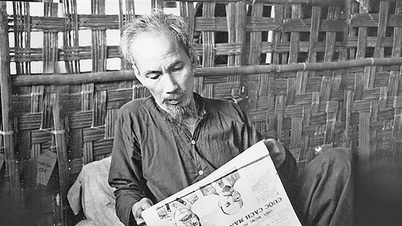

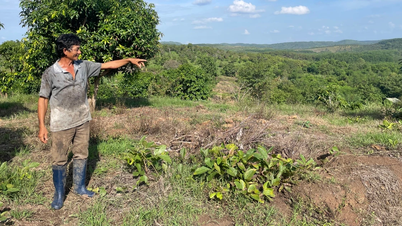

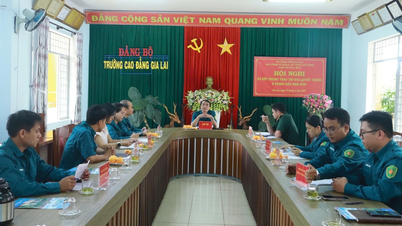
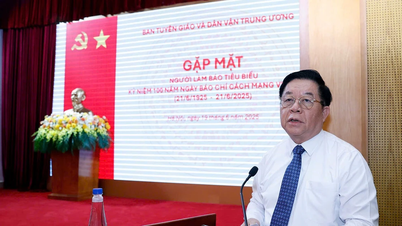
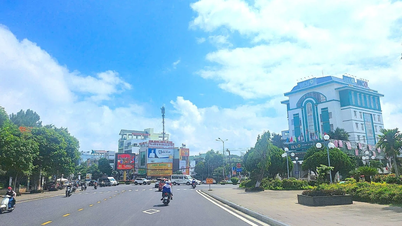





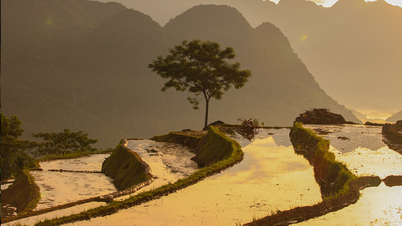



![[Maritime News] Wan Hai Lines invests $150 million to buy 48,000 containers](https://vphoto.vietnam.vn/thumb/402x226/vietnam/resource/IMAGE/2025/6/20/c945a62aff624b4bb5c25e67e9bcc1cb)
![[Photo] The 9th Congress of the Party Committee of the Office of the President, term 2025-2030](https://vphoto.vietnam.vn/thumb/1200x675/vietnam/resource/IMAGE/2025/6/20/78e7f27e8c4b4edc8859f09572409ad3)





































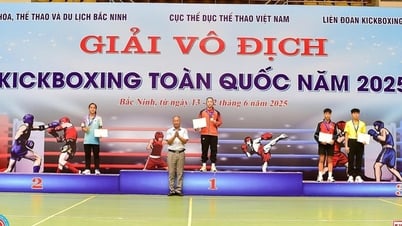

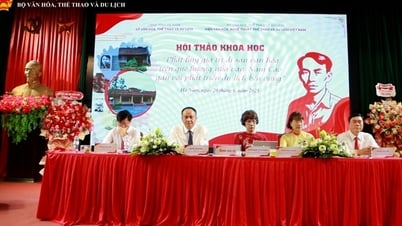
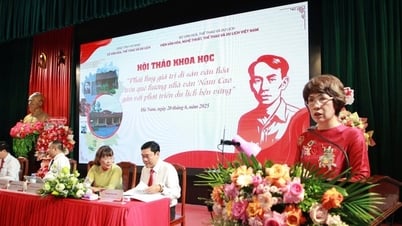

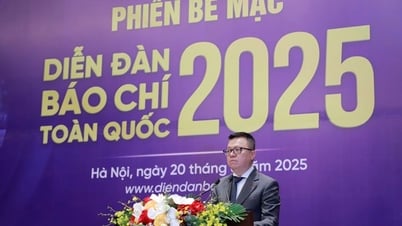
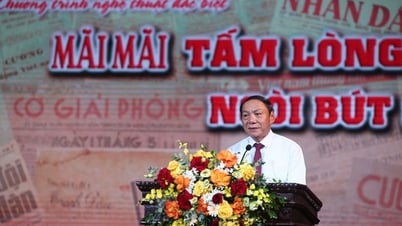
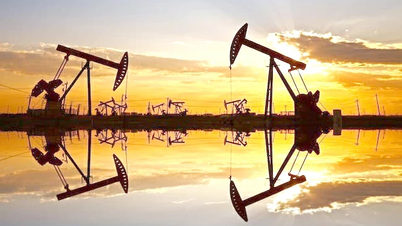

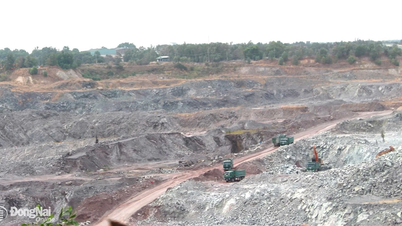
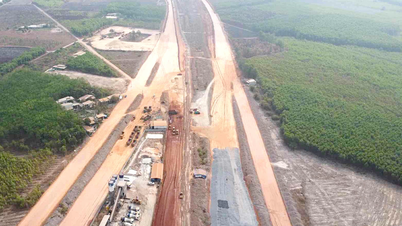



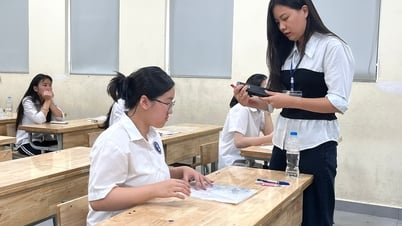












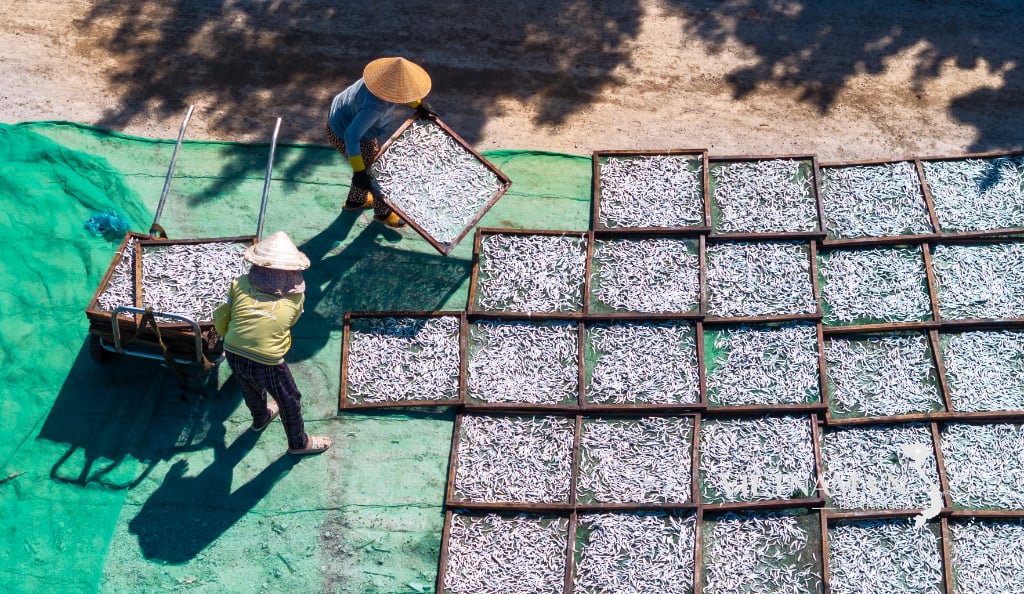
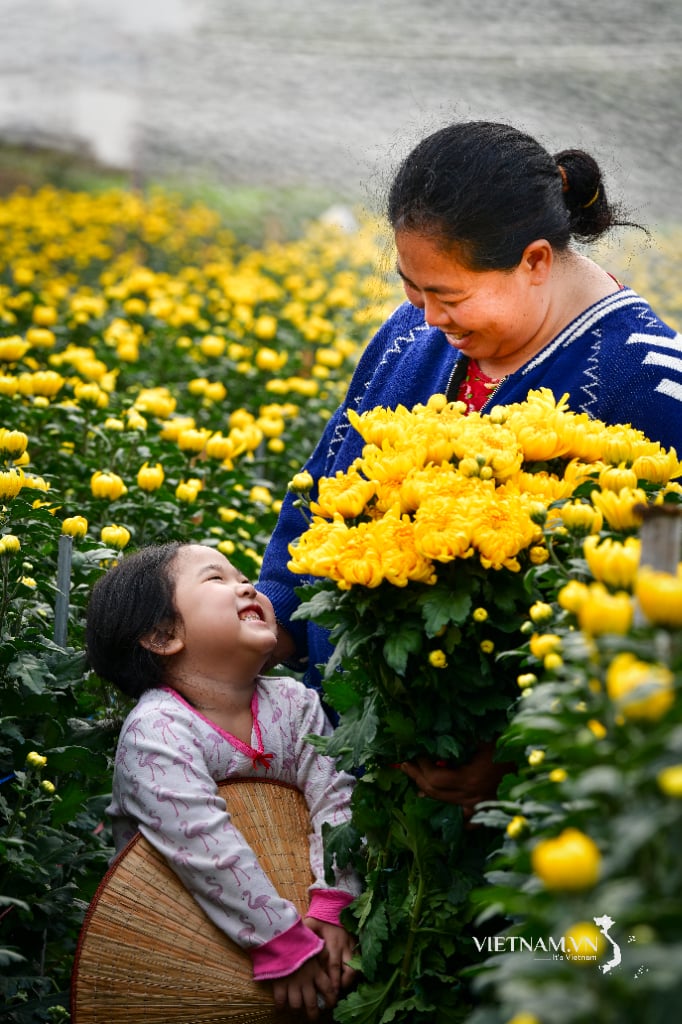

Comment (0)